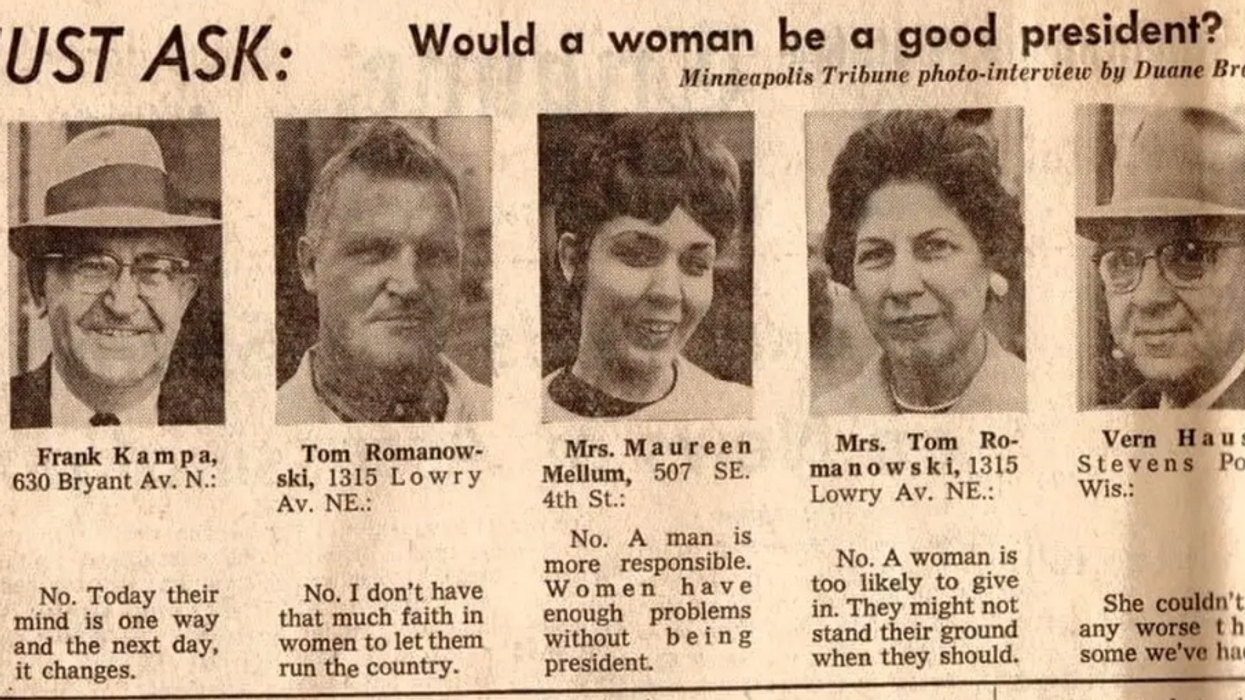Artist Nickolay Lamm, whose work we’ve previously featured at GOOD, has a big question for doll manufacturers, “If dolls look good without makeup, what’s the point of putting makeup on them in the first place?” To prove his point, Lamm fired up his digital face-cleaning towlette (Photoshop) and got to work removing the heavy eye makeup, lipstick, and novelty-sized eye lashes on Disney Princess, Barbie, and Bratz dolls.
The results? They still look attractive au naturel without all of the hyper-sexualized face paint. Although, even without makeup, they still present images with highly-unrealistic lips, doe eyes and ski-slope noses. Lamm believes that removing the makeup is a first step in presenting realistic body imagery to young girls. “Dolls heavily influence the way that young girls want to look,” he explained. “And so, in my opinion, less is more.”
Another great result from this project? It inspired the realistic, minimal makeup-wearing Lammily Dolls.

















 Robin Williams performs for military men and women as part of a United Service Organization (USO) show on board Camp Phoenix in December 2007
Robin Williams performs for military men and women as part of a United Service Organization (USO) show on board Camp Phoenix in December 2007 Gif of Robin Williams via
Gif of Robin Williams via 
 People on a beautiful hike.Photo credit:
People on a beautiful hike.Photo credit:  A healthy senior couple.Photo credit:
A healthy senior couple.Photo credit:  A diverse group of friends together.Photo credit:
A diverse group of friends together.Photo credit:  A doctor connects with a young boy.
A doctor connects with a young boy.  Self talk in front of the mirror.Photo credit:
Self talk in front of the mirror.Photo credit:  Lightbulb of ideas.Photo credit
Lightbulb of ideas.Photo credit 

 Superstructure of the Kola Superdeep Borehole, 2007
Superstructure of the Kola Superdeep Borehole, 2007 

